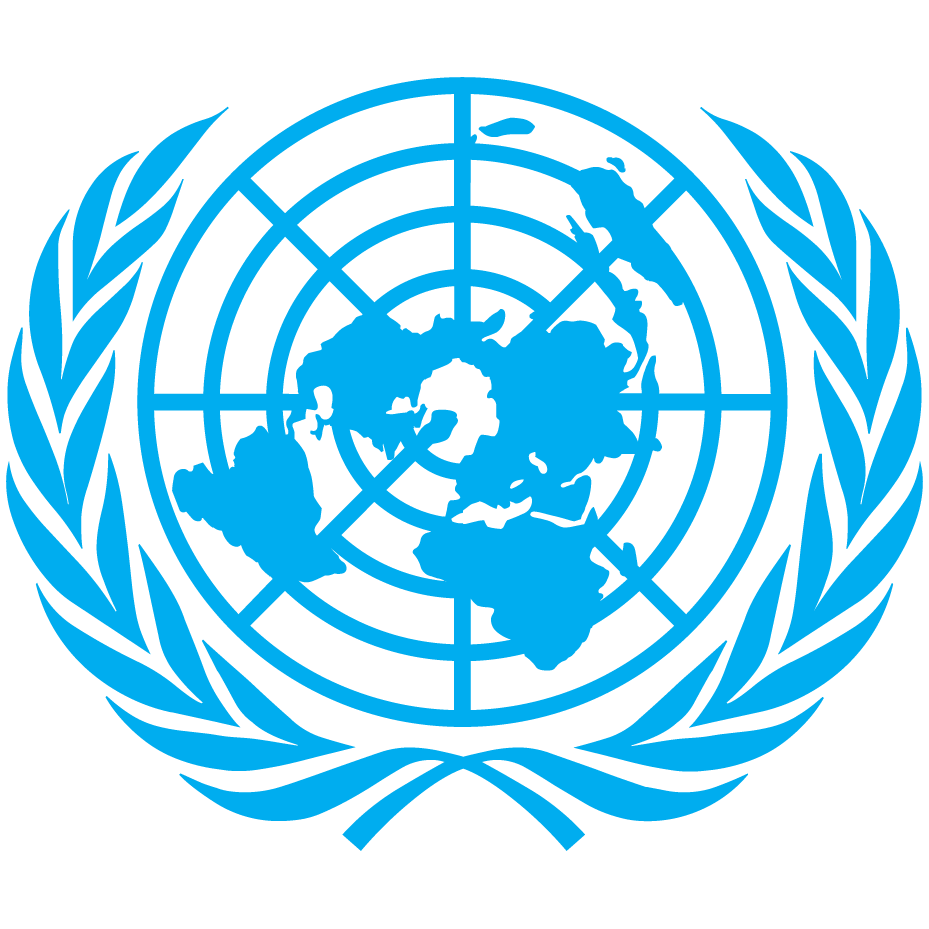Latin America and the Caribbean are the origin of all cocaine consumed globally, and in some countries of the region, large-scale production of cannabis, methamphetamines, and heroin for transnational trafficking purposes has been reported. The main criminal organizations in the region seem to be involved in trafficking methamphetamine to North America and the Asia-Pacific region, once again demonstrating the existing links between the UNODC mandate areas. Coca plant cultivation and cocaine production have reached record levels in recent years.
There are also indications that the cocaine production process could extend to new countries. Large-scale trafficking occurs through a variety of channels, including land transport, clandestine flights (in South and Central America), semi-submersibles, fishing vessels, speedboats in open seas, river routes, and container trade.
In the context of the COVID-19 pandemic, changes in illicit drug markets varied case by case. For example, opiate production does not appear to have been disrupted in the region, as there have been no significant changes compared to the pre-pandemic period. Evidence from seizures suggests that, overall, once countries began to ease their restrictions, drug trafficking quickly resumed, although some changes in trafficking routes and more frequent use of maritime routes were observed.
For over two decades, UNODC has been supporting Member States in Latin America and the Caribbean in effectively addressing the threats posed by drugs by promoting a multidisciplinary and comprehensive approach that combines prevention and interdiction and seeks a balance between supply and demand-focused strategies, in line with the UN Drug Conventions. This approach is also reflected in the 2016 UNGASS Final Document on the World Drug Problem, which promotes a public health-based approach and highlights the links between drugs and a range of cross-cutting issues such as human rights, gender, proportionality of sentences for drug-related offenses, and overall development.
Availability and access to controlled medicines and prevention of their diversion and non-medical and abusive use
Drug use prevention
Drug trafficking
Treatment and care
HIV and AIDS

